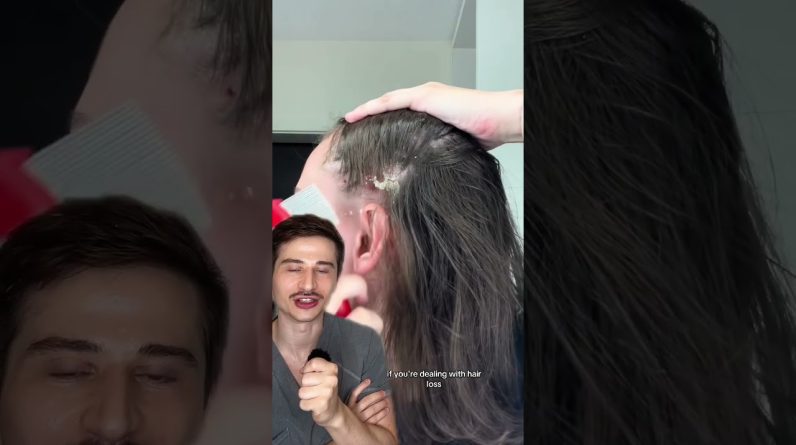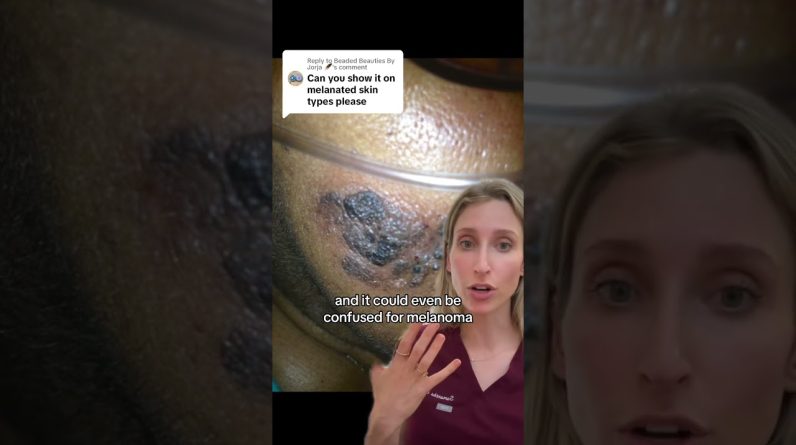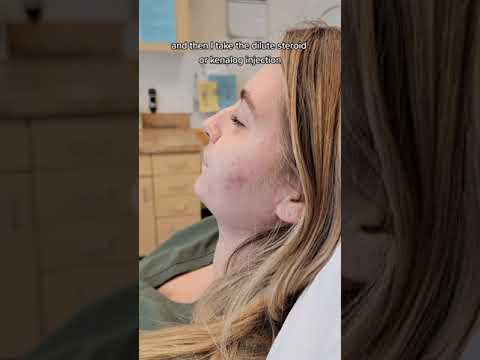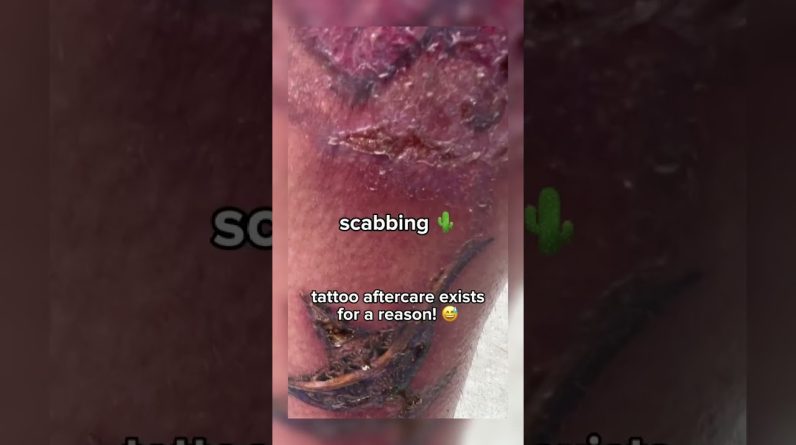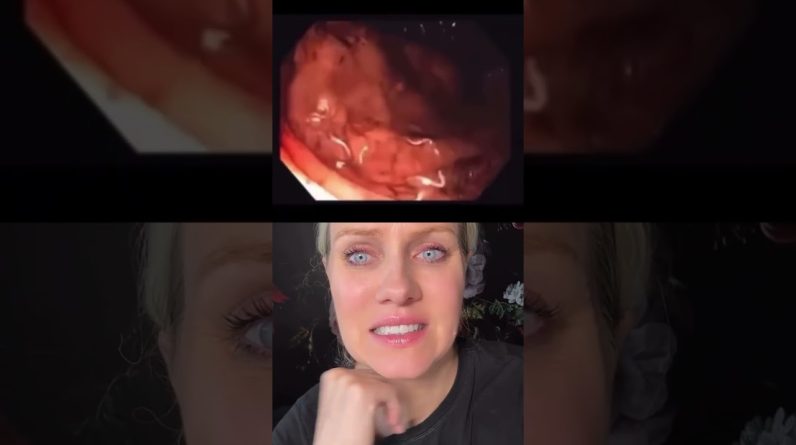Different Types of Rashes.
What Causes Rashes?.
Rashes are one of the most common reasons that parents of small children visit the doctor. In most cases rashes do not indicate a dangerous condition, but in some cases they do. If a child is in good general health and has no other symptoms, you can simply observe the rash for a few days. Many types of rashes will disappear without treatment. If the rash is accompanied by high fever, breathing difficulties, vomiting, or reduced general health (when the child is not acting right), take your child to see a doctor, as it is often difficult to describe rashes over the telephone. One type of rash can have different causes, so let the doctor note what the rash looks like, how widespread it is, how many and how big the marks are, how long the rash has been present, and whether it is itchy.
Rashes Caused By Allergies:
Hives.
The most common allergic rash is hives, an extremely itchy rash that consists of raised large welts on the surface of the body, often circular with a pale center. Hives can result from an allergic reaction to medicines, foods, viral infections, or insect stings and bites. The rash moves around the body and usually lasts for three to four days before disappearing. Localized hives usually indicates direct skin contact with a substance that the person isn’t able to tolerate, such as plants, pollen, or foods.
Localized Infections With Rashes:
Infected Wounds.
An infected wound occurs when a minor wound from a skin irritation, scratch, cut, or bite becomes infected by bacteria on the surface of the skin, on the mucous membranes, or from external sources. The wound becomes red and moist, pus and yellowish scabs appear, and the surrounding skin becomes swollen and tender because of inflammation. A child’s lymphatic nodes may become swollen in the surrounding area and a fever may develop. If the child scratches the wound, bacteria may spread on the skin and give rise to more sores.
Impetigo.
Impetigo can occur on any part of the body that has a wound or break in the skin. A rash usually results from a scratch, bite, or minor irritation that has become infected with streptococcus or staphylococcus bacteria. The wound becomes red and moist, with pus and eventually yellowish scabs. If a child scratches the wound, the bacteria may spread on the skin and cause more sores that develop over the course of a few days and last four to six days before drying up and forming scabs. It is usually treated with topical or oral antibiotics.
Impetigo Symptoms and Treatment:
Cellulitis.
Cellulitis is a localized skin infection caused by streptococcus bacteria. The skin becomes swollen, hot, and red in one area that is clearly delineated from healthy skin. Often, there is no obvious entry point in the skin for the bacteria. Sometimes it can be accompanied by fever and a reduced general condition. Cellulitis should be evaluated and treated promptly, as the infection may spread rapidly.
Cellulitis Treatment and Symptoms:
Fungal Rash.
Fungal rashes are skin infections caused by two specific types of fungi: tinea and candida. Tinea infections, also known as ringworm, are oval or ring-shaped lesions with normal-looking skin in the middle and an itchy, scaly, and slightly raised edge around it. The rash can be found on the scalp, face, body, or nails. Candida infections may occur in babies as oral thrush, as a white coating on the tongue or mouth mucosa or as a shiny, red rash in the diaper region (infected diaper rash). Candida infections may occur in children of any age. They are usually located in the folds of moist skin, such as under a baby’s chin or the cracked skin between toes, accompanied by itching and sometimes nail discoloration (athlete’s foot).
All Photos Licensed Under CC
Source :
www.pexels.com
www.pixabay.com
www.commons.wikimedia.org
source




